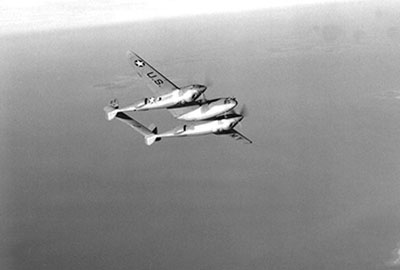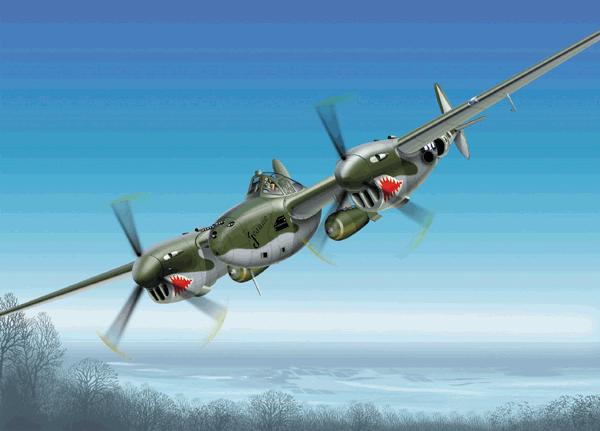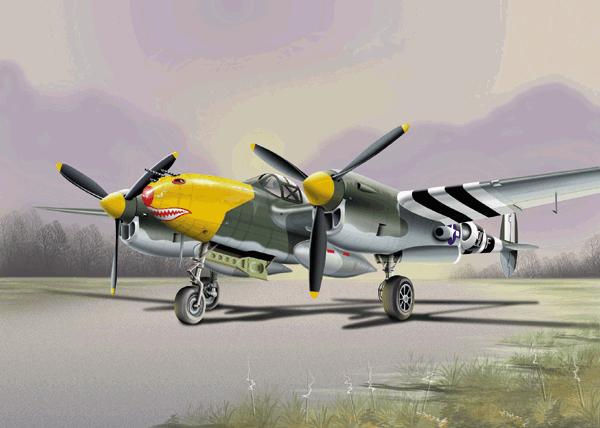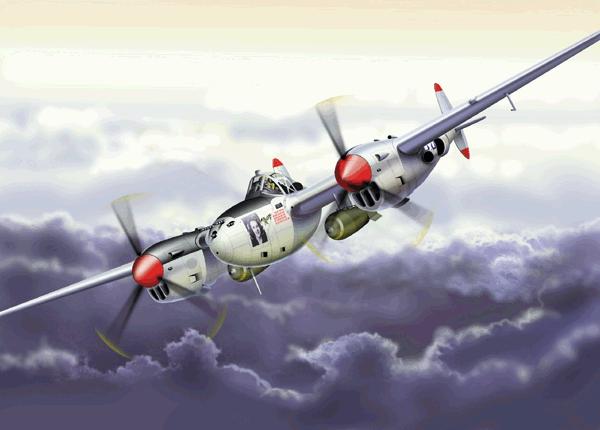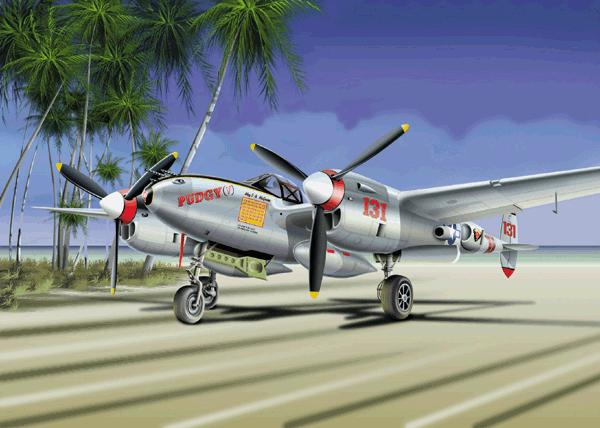
The photograph of Marines raising the American flag at the summit of Mt. Suribachi during the battle for Iwo Jima has become an enduring image of bravery and heroism. However, this was actually the second flag raised on the mountain's summit that day. The first flag-raising occurred a couple of hours earlier - shortly after Marines had gained the top of the mountain after hard fighting. This flag was deemed too small to be easily seen from the base of the mountain so a second, larger flag was raised.
Scott Tank sent us this eyewitness account of Cpl. Charles W. Lindberg, a friend and the last surviving member of the team that raised the first flag on the crest of Mt. Suribachi. Scott asked that we share Mr. Lindberg's story with you - we are honored to do so. Thank you Scott for sending us this account, and thank you Mr. Lindberg for the sacrifices you made during that bloody nightmare called Iwo Jima:

It was the job of the 28th Regiment, 5th Division, to capture Mount Suribachi. They reached the base of the mountain on the afternoon of February 21, and by nightfall the next day the Marines had almost completely surrounded it.
As part of that Marine group, 24-year-old Corporal Charles Lindberg, a combat veteran of the Guadalcanal and the Bougainville campaign, watched the intense bombardment of Iwo Jima and realized that the landing at Red Beach One would be anything but easy. "The Japs had the whole beach zeroed in. Most of the fire was coming from Suribachi," he recalled. Surrounding Mount Suribachi were cliffs, tunnels, mines, booby traps, and ravines. The hostile terrain proved to be as tough an enemy as the Japanese who were firmly entrenched on the mountain.

The first flag raising atop Mt. Suribachi. Jim Michels holds the gun with (left to right) Hank Hansen, Louis Charlo, Boots Thomas, Harold Schrier and Chuck Lindberg behind.
Photo by Lou Lowery. 10AM, Feb. 23, 1945
At 8 a.m. on February 23, a patrol of 40 men from 3rd Platoon, E Company, 2nd Battalion, 28th Marines, led by 1LT Lieutenant Harold G. Schrier, assembled at the base of Mount Suribachi. The platoon's mission was to take the crater of Suribachi's peak and raise the U.S. flag. As a member of the first combat patrol to scale Mount Suribachi, Cpl Lindberg took his 72-pound flamethrower and started the tortuous climb up the rough terrain to the top.
As they reached the top, the patrol members took positions around the crater watching for pockets of enemy resistance as other members of the patrol looked for something on which to raise the flag. Present at the crest were six Marines of a 40-man patrol. They were 1LT Lieutenant Schrier, Sergeant Thomas, Sergeant Hansen, Private First Class Charlo, Private First Class Michels, and Corporal Charles W. Lindberg.

A photograph of the first flag raising atop Mount Suribachi, February 23, 1945. The raising was held by Easy Co., 2/28, at about 10:30 a.m. Photo by Leatherneck's Sgt Lou Lowery
At approximately 10:20 a.m., the flag was hoisted on a steel pipe above the island. The sight of the small American flag flying from atop Mount Suribachi thrilled men all over the island. And for the first time during WWII, an American flag was flying above what was considered traditional Japanese territory. This symbol of victory sent a wave of strength to the battle-weary fighting men below, and struck a further mental blow against the island's defenders.
Marine Corps photographer Sergeant Lou Lowery captured this first flag raising on film just as the enemy hurled a grenade in his direction. Dodging the grenade, Lowery hurled his body over the edge of the crater and tumbled 50 feet. His camera lens was shattered, but he and his film were safe.

The first flag comes down as the second flag goes up.
Photo by Bob Campbell.
As Cpl Lindberg would later remark, "Suribachi was easy to take; it was getting there that was so hard!" Of the 40-man patrol, thirty-six were killed or wounded in later fighting on Iwo Jima including Lindberg himself who would be shot through the stomach and arm a week later on 1 March, 1945. For his heroism Lindberg would receive the Purple Heart and Silver Star Medal with the citation reading in part:
"Repeatedly exposing himself to hostile grenades and machine-gun fire in order that he might reach and neutralize enemy pill-boxes at the base of Mount Suribachi, Corporal Lindberg courageously approached within ten or fifteen yards of the emplacements before discharging his weapon, thereby assuring the annihilation of the enemy and the successful completion of this platoon's mission. While engaged in an attack on hostile cave positions on March 1, he fearlessly exposed himself to accurate enemy fire and was subsequently wounded and evacuated."
"Raising the Flag Over Iwo Jima, 1945," EyeWitness to History, www.eyewitnesstohistory.com (2002).
CHARLES W. LINDBERG, USMC

Marine Corporal Charles W. Lindberg, who helped raise the first American flag atop Mt. Suribachi on February 23, 1945, was awarded the Silver Star Medal during World War II for gallantry in action as a flamethrower operator on Iwo Jima.
Born June 26, 1920 at Grand Forks, North Dakota, he is the son of Mr. and Mrs. Carl Lindberg of Grand Forks. He is a graduate of Grand Forks High School.
In addition to the Silver Star, Corporal Lindberg was awarded the Purple Heart Medal for wounds received in action against the enemy on Iwo Jima, the World War II Victory Medal, and the Good Conduct Medal. He spent two years and four months overseas.

Smashed by Jap mortar and shellfire, trapped by Iwo's treacherous black-ash sands, amtracs and other vehicles of war lay knocked out on the black sands of the volcanic fortress.
After enlisting at Seattle, Washington, in January, 1942, Corporal Lindberg trained at the Marine recruit depot at San Diego, and at Camp Elliott, California, before going to the Pacific combat zone with the 5th Marine Division.
He was a member of a guard detachment at the Charleston, South Carolina, Naval Base when honorably discharged in January, 1946.
I recently received a packet of information from the History Division regarding the Marines who took part in the first flag raising on Iwo Jima. The packet included a 30 page slick covered booklet describing the battle and flag raisings on Iwo Jima. Very professional looking publication. They also included a series of biographies of the Marines they verify and declare were involved in the first flag raising.
Biographies of Lt.Harold Schrier, Platoon Sergeant Ernest Thomas, Sergeant Henry Hansen, Corporal Charles Lindberg, a copy of a USMC casualty report on Pfc James Michels and a bio of PFC Louis Charlo.

Sixth Fleet during invasion of Iwo Jima. Mt. Suribachi in background. 02/19/1945
Over the years reporters and writer researching stories and books have flatly stated the PFC Charlo was not at the first flag raising and yet 58 years later the Historical Division continues to distribute materials saying he was. Louis Charlo's mother,when shown Lowery's pictures, said her son was not there but the Corps continues to say he was.
No less an authority on the flag raising than Colonel Severance in a letter to Leatherneck (April 2000) writes.. "There has never been an official explanation as to why Charlo was with First Lieutenant Harold G. Schrier's 40 man patrol. It was probably 1stLt Schrier who gave Charlo's name as being with the patrol. The most logical conclusion is that he was with Schrier to point out the route the four man patrol had followed earlier".
"Probably"???.. "most logical conclusion"??? Colonel Severance said that "in his mind" I was not there at the flag raising but apparently "in his mind" Charlo was there. There is not one shred of evidence that Charlo went with Lt.Schrier.

Pfc. Louis C. Charlo
Pfc Charlo was a BARman with F Company, my company.He was part of a 4 man reconnaissance patrol sent up Suribachi to check on enemy defenses. They reported back to our C.O.,Captain Art Naylor,and he passed their report on to battalion. End of story. So how did this mistake grow legs?
Based on research done by independent reporters and writers we find that the stories of Charlo and his 4 man patrol and of the raising of the first flag arrived in Washington D.C. at about the same time. Senator Mike Mansfield of Montana mistakenly put the two stories together and called a press conference to tell the country of his great pride in his fellow Montanan, Louis Charlo,who he said helped raise the flag on Iwo Jima. So incorrect folklore is born.It didn't happen. Charlo wasn't with Schrier's patrol. It was, however,carried nationally in the press and the Corps picked up on it and has been publishing it ever since.
Trying to correct the errors in the official history is a difficult job at best. Those in charge are influenced by other officials who in their minds think they are the repository of fact and truth.

A group of us have been trying for some time to accurately identify all of the people gathered around the flag pole in Lou Lowery's pictures. After a thorough and detailed analysis of Lowery's pictures we are convinced.
- Charlo is not there
- Two of the unidentified people in the photos may very well be the two Corpsmen who accompanied Lt.Schrier's patrol
- the radio man is me.We continue to work on this project.
The Corps through the Historical Division has the resources to get answers to all of the questions regarding the first flag raising but apparently they would rather continue to put out obviously incorrect information.

Iwo Jima Right Shore Line as seen from Mount Suribachi
Looking from Mt. Suribachi
I suspect that the staff of the Historical Division would love to jump on this story and accurately tell the story of the first flag raising but until they are allowed to do so the influence and prejudices from above make a mockery of the division's mandate to verify and declare.
R.W. "Dick" Gaines
GySgt USMC (Ret.)
1952-72
Additional Sources:
hqinet001.hqmc.usmc.mil
www.keepingapace.com
pakko13.freeyellow.com
www.geocities.com/Heartland/6350
www.iwojima.com
iwo-jima-memorial.visit-washington-dc.com
www.allposters.com
www.geocities.com/jack_lummus
www.mikeco31.com
www.otr.com
pigtrail.uark.edu
www.csulb.edu
www.arlingtoncemetery.net

